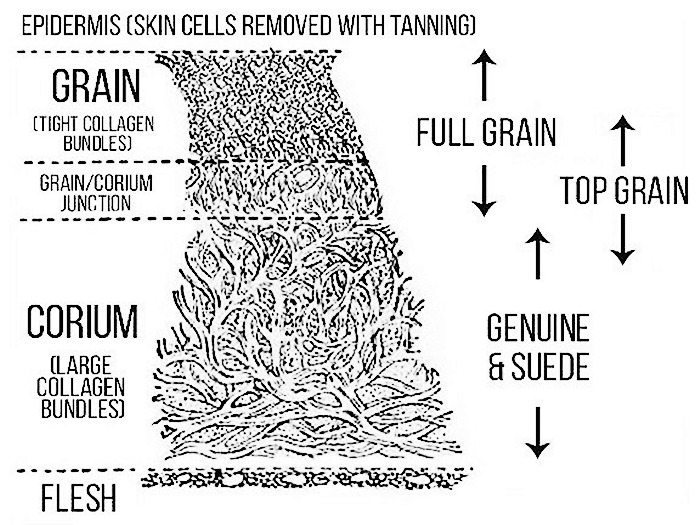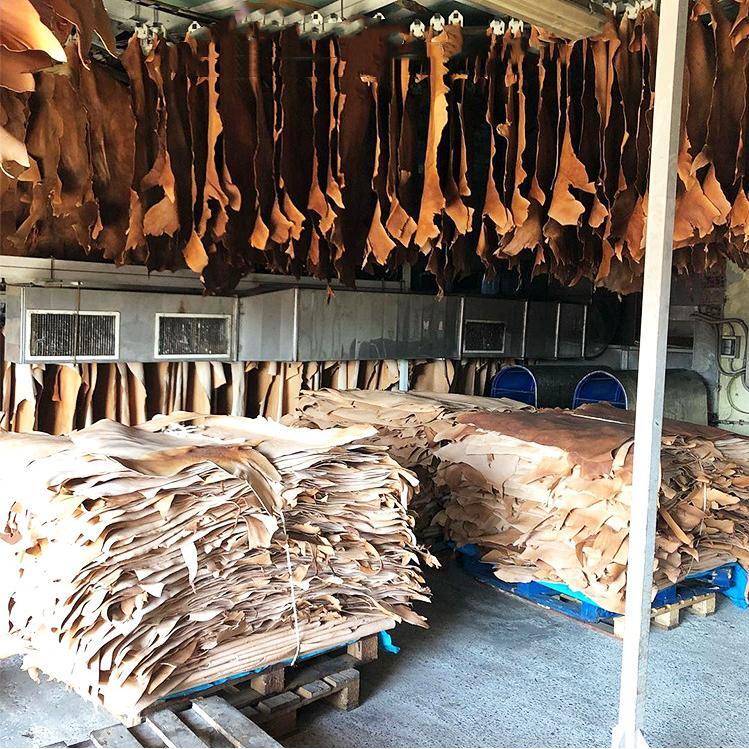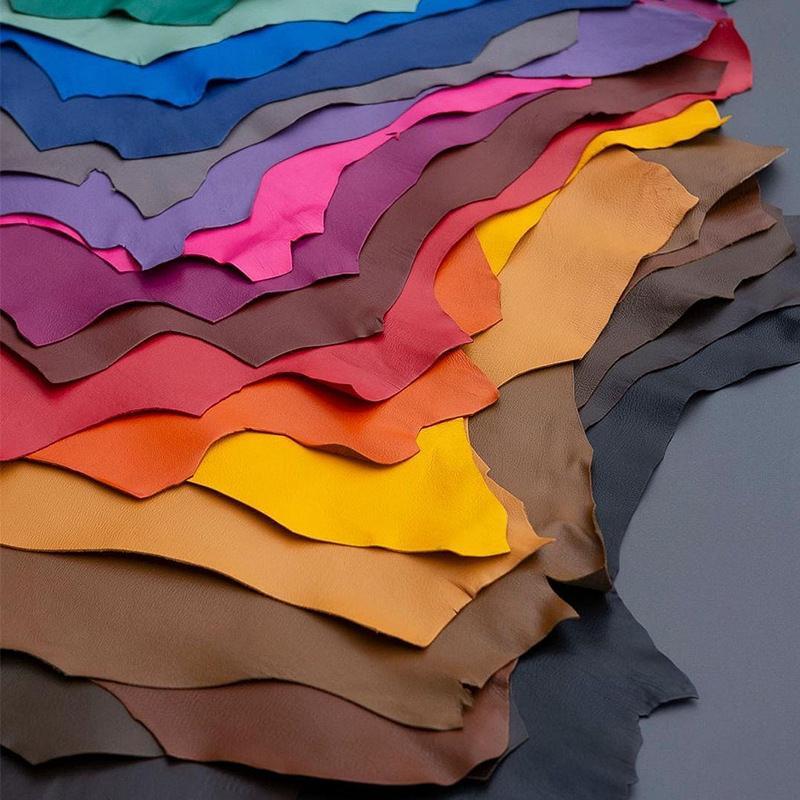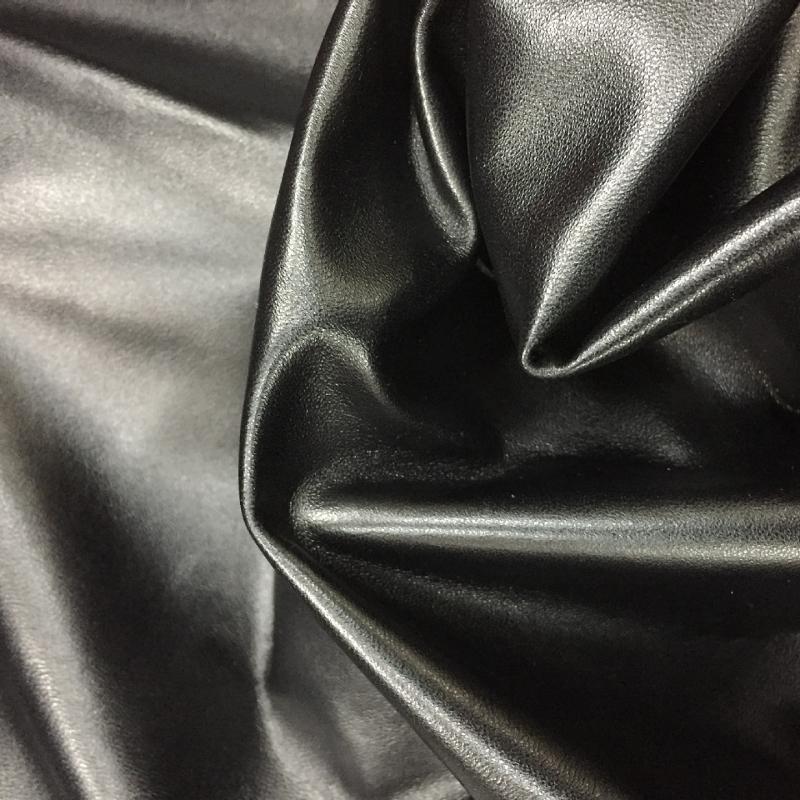How to Tell Leather Quality: A Comprehensive Guide
Leather is an expensive yet ever-green material that is used widely in fashion accessories and clothing. Investing in good quality leather can allow you to enjoy a nice leather product for years to come but it is a pre-requisite that the quality is not compromised. In this article, we will share the types and grades of leather along with tips and tricks to ascertain the quality of leather so that you can make a well-thought-out purchase and buy a worthy leather product.
Introduction to Leather Quality
Leather quality represents the overall feel and characteristics of leather such as its durability, texture, and visual appearance. The soft yet sturdy, supple yet pliable, and exceptionally eye-pleasing texture are some of the aspects of high-quality leather. Leather quality depends upon several factors based on which there are various types and grades of leather for you to buy.
Types of Leather And Their Characteristics
There are several types of leather with unique characteristics and demands. Let’s explore the types of leather so that you can get acquainted which the characteristics of each type of leather for your next purchase.
Full Grain Leather
Full-grain leather is made from the outer layer of the hide. The outer layer is referred to as a grain, this is why it is named full grain because it is made purely from the outer layer (hence full grain). Such type of leather doesn’t undergo any purification techniques such as buffing, sanding, etc, rather only hair is removed from the skin to get full-grain leather. These grains are tightly packed in a fine manner which makes full-grain leather long-lasting, strong, and sturdy.
As full-grain leather doesn’t undergo any sanding technique, the surface area may have some disfigurement. This disfigurement can be in form of a cut, scratch, mark, or blemish due to an animal stumbling into a fence or any other accident. Of course, finding a hide with no scar is quite rare which is why that kind of leather is very expensive. Blemish-free full-grain leather is a rare sight and it is truly appealing, visually unmatched, and great in quality.
The natural fibers on the surface are responsible for giving great strength to leather. Leather with such sturdy fibers is great for making furniture, shoes, and saddlery. Also, as explained earlier, only the hair is removed while keeping the surface layer untouched. This gives a unique patina to leather which means that the surface changes color with time as you use it which is purely eye-pleasing, and depicts that the leather is authentic. The natural outer surface is also somewhat more resistant to water as compared to other kinds of hide (or parts from where leather is developed). Owing to these qualities, full-grain leather is deemed as the highest quality and most expensive leather.
Top Grain Leather
Top grain leather is full grain leather with the exception that it is buffed or/and sanded to deal with the natural disfigurement and get a blemish-free, flawless leather. With the application of dyes and a professional finish, the leather becomes pliable, soft, and scar-free.
On one hand, sanding deals with the imperfections of leather making it visually flawless, but on the other hand, it also removes the inherent qualities of the outer layer. This makes leather a little less water-resistant and less sturdy as compared to full-grain leather.
Being flexible, supple, soft, and flawless, top-grain leather is the preferred choice for making high-end products such as wallets, designer handbags, and shoes. This is the most easily available, fairly priced leather that is widely used.
Genuine Leather
Genuine leather is any leather that comes from authentic and genuine animal hide. It can be taken from any layer of the hide which is then treated to get rid of all sorts of imperfections and is “corrected” for making it visually flawless. It is buffed or sanded to have all blemishes and scars removed. Afterward, it is dyed or sprayed, or embossed to get the look you desire.
All this processing affects the inherent strength and water-resistant qualities of leather but genuine leather is still good for designing belts and other such products.
Corrected Grain Leather
The hide cut out from the lower level of the top hide, right above animal flesh is what refers to as “corrected” leather. This hide is below in quality from full grain and top grain but still offers some good leather appeal.
As it is the lower part of hide from top grain and full grain leather, it lacks the tightly packed fiber and inherent rich qualities. This kind of leather is suitable for being dyed or embossing to make it useful by altering the surface layer. This makes this leather a lower quality leather in comparison to full grain and top grain leather but it still possesses some essential leather qualities and flawless leather appeal which is why it is good in making certain leather products. Widely known as suede, this leather is used in designing purses, sofas, shoes, and even jackets.
Bonded Leather
Bonded leather is made by joining together the scrapple or scrap of leather. When leather products are made the leftover scrap is then shredded into fine pieces and bonded (hence the name bonded leather) using latex or polyethylene. The leather quantity in this bonded mix can vary from 10% to 90% which translates the functional characteristics as well as the visual appeal of the final product.
It can also be dyed and embossed as per the requirement to give a particular shape. Its quality is the worst among them.
Factors That Affect the Quality of Leather
Multiple factors affect the quality of leather. Some of these are natural differences while others are due to human handling. These factors that affect leather quality include:
Type of hide: The breed or type of animal from which hide is extracted. Some animals have naturally thicker skin that is deemed as sturdy leather comparatively. For example, bull hide is stronger than cowhide.
Animal age and gender: The hide of female animals is much stronger and rich in fiber. Also, the hide of a younger animal has better quality than that of an aged or older animal.
Climate/Environment: The environment and climate where the animal has kept the matter a lot. A neat and clean environment helps to grow healthy animals. The animals of colder climates have much better skin.
A portion from where the rawhide is extracted: The portion from where the hide is cut also matters a lot. As you already know through types of leather the outer layer is much more sturdy and water-resistant and offers the best quality.
Tannery location and practices: The location, practices, and work epics of tannery matter a lot. Some countries have quite lax rules for tanneries while others are quite strict on work ethics, offering the best and clean environment for tanning and opting for industry best practices. The tanneries in Italy are deemed the best as they follow all environmentally friendly practices and high standards of quality.
Production Quality: Skillful labor and the quality of the tanning process can also affect the quality of leather. For example, the high-cost rose tanning process produces better quality leather than the average practice of chrome tanning.
Understanding Leather Grades and Their Meaning
To buy high-quality authentic leather, it is essential to understand the leather grades and what they stand for. Leather grades are the grades that are assigned by tanneries after tanning. These grades reflect the quality of the leather. The higher the grade, the higher will be the quality of the leather. Leather grades are assigned after tanning and inspecting the leather for any signs of imperfections such as holes, blemishes, scars, cuts, abrasion, discoloration, remaining hair, fiber density, and machine damage. Based on these points, the tannery grades the leather whereby Grade A leather represents the highest quality leather with flawless appeal. The more imperfections in leather, the lower will be its grade.
But what you need to understand is that Grade A leather from a top-rated tannery is much better than Grade A leather from an average tannery. So, along with checking out the grade you also need to do the background check about the tannery (as it is already mentioned that it majorly affects the quality of leather).
As per general grading, the leather grades go as:
Grade A: It represents top-grade leather with no major imperfections. This leather is visibly flawless, supple, and soft.
Grade B: It represents medium-quality leather with a few visible imperceptions.
Grade C: It is the lowest quality of leather with a significant number of imperfections.
Inspection Leather Quality – Tips and Tricks
Leather has certain characteristics that stand it apart from other types of materials. You can inspect leather for some of these natural and inherent characteristics to judge the quality of leather. The tips and tricks to inspect the leather like a pro include the following:
Smelling leather – a key indicator of quality
Smelling leather can tell you a lot about its quality and authenticity. Leather has a peculiar earthy or sweet smell. If you can smell that specific leather smell then it means the leather is authentic and of high quality. But if all you smell is synthetics and chemicals then it means that leather is highly processed, bears low quality, and is not authentic.
Feeling the leather – texture, and suppleness as indicators of quality
Touching and feeling the leather can also help you to inspect its quality. When you touch natural, high-quality leather then its texture feels smooth yet inconsistent (due to natural grains), supple, and soft. Whereas if the texture feels too smooth then it means that the leather is artificially regulated and it doesn’t have a natural inconsistency. Also, if upon touching the surface feels stiff, plastic, or unnatural then it also means that the leather is of low and questionable quality.
Looking at the finish – identifying blemishes and imperfections
Looking at the leather finish can also give you a heads-up about the quality of the leather. If you see visible marks, blemishes, and other imperfections along with discoloration and an untidy finish then it means that the leather is of low quality. On the other hand, if the finish looks natural with no signs of blemishes, marks, abrasion, or any other imperfection then it means the leather is of high-quality and worth buying.
Testing Leather Quality – Water and Fire Test
You can also perform water and fire tests to ascertain the quality of the leather.
Water Test: In this test, you place a drop of water on a piece of leather. Authentic and natural leather will absorb the water due to its porous surface. It will even get stained or leave a mark by darkening in color. Whereas, synthetic or fake leather will not be able to absorb water, rather the water will roll over the surface layer indicating low-quality fake leather.
Fire Test: To do a fire test, you need to put a small piece of leather on fire and observe how the leather reacts to fire. If the leather is natural then it will char down and produce a smell much like that of burnt hair. Whereas, synthetic or fake leather will burn quickly or meltdown while producing a synthetic smell.
How to Maintain and Care for High-quality Leather
High-quality leather is a pricey purchase and requires basic care to ensure its durability. These are some tips and tricks to maintain and care the high-quality leather:
- Regular cleaning with a damp cloth to wipe away dust, dirt, and debris.
- Apply leather cream (specifically designed for leather products) once a month to keep the leather nourished, hydrated, soft, and supple.
- Apply leather conditioner (specially designed for leather) once in a while to lighten scratches and maintain the natural suppleness and texture of leather.
- Avoid direct exposure to sunlight, extreme temperatures, chemicals, moisture, and sharp objects (that can scratch the surface).
Conclusion
Leather is an expensive investment which calls for a thorough inspection to ascertain that you are investing in good quality leather. It is essential to understand the types and grades of leather to know what they stand for. By using your instinct and basic tests along with this information, you will be able to make an informed decision. Don’t forget to maintain and take care of high-quality leather once you get your hand on it, as proper care and maintenance can prolong the useful life of leather products.






